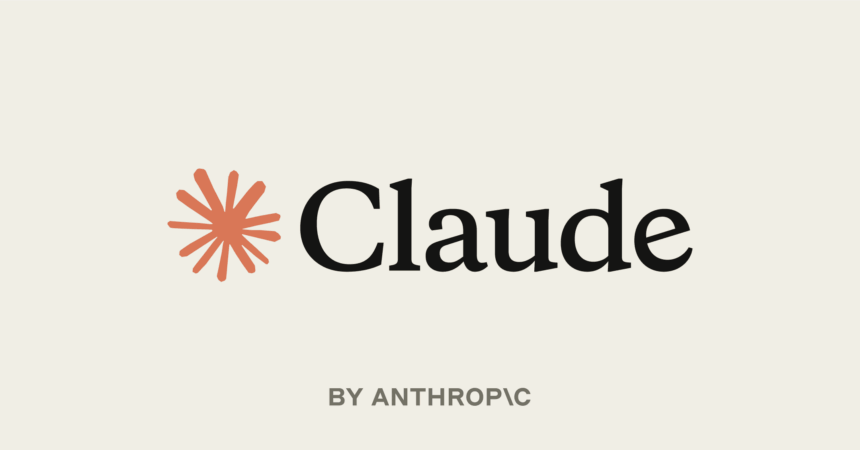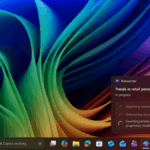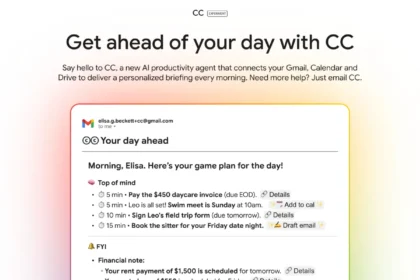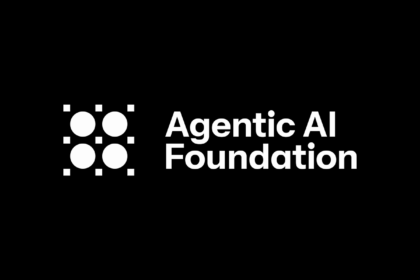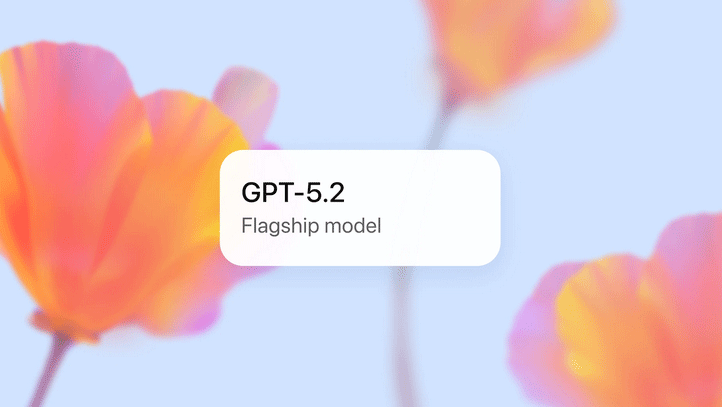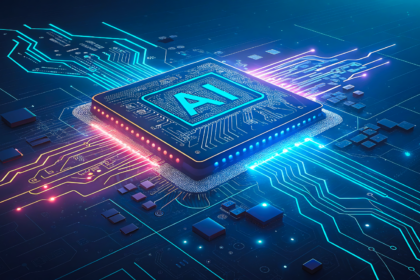Microsoft is taking a decisive step in reshaping the future of AI-powered productivity. According to reports from The Information and later confirmed by Reuters, the company will integrate Anthropic’s Claude models into Microsoft 365 Copilot, marking a new phase where multiple AI systems collaborate within the same platform.
The move underscores two things: the breakneck speed of the AI sector and Microsoft’s determination to reduce dependency on a single supplier—OpenAI—by adopting a “multimodel” approach.
Copilot Becomes a True AI Hub
Until now, Copilot in Microsoft 365 has primarily been powered by OpenAI’s models (notably GPT-4x). With the addition of Anthropic’s Claude Sonnet 4, Microsoft is signaling that Copilot will evolve into a hub of artificial intelligence, where the most suitable model is selected dynamically for each task.
This shift isn’t about rivalry but optimization: the goal is simple—the best AI for the right job.
Where Claude Shines
Industry insiders expect Claude’s strengths to show up in Excel and PowerPoint scenarios that demand:
- Financial automation: handling complex spreadsheets, generating forecasts, and surfacing insights.
- Data-to-insight workflows: transforming raw tables into digestible analytics.
- Presentation creation: generating polished, design-sensitive slides from natural-language instructions.
In internal benchmarks, Claude Sonnet 4 reportedly outperformed competing models in these workflows, particularly in terms of clarity, aesthetics, and speed. Importantly, Microsoft is not introducing any new price tiers—users will gain these enhancements at no extra cost.
No Split With OpenAI
Contrary to speculation, this development does not signal a rupture with OpenAI. Microsoft remains firmly committed to its investment and partnership. GPT-4.x and other OpenAI models will continue to power many parts of Copilot—especially in creative writing, coding, and general reasoning.
Instead, the integration of Claude reflects Microsoft’s performance-per-task strategy: each request is matched with the engine that can deliver the best outcome in the shortest time.
In fact, this isn’t the first sign of diversification. GitHub Copilot already lets users switch between Claude Sonnet 4 and Claude Opus 4 in certain subscription plans—proof that Microsoft has been experimenting with this multi-supplier model for months.
Multimodel as a Competitive Advantage
Modern productivity requires a mix of skills—drafting, analysis, design, and planning. No single model dominates across all these domains. By enabling Copilot to “route” tasks dynamically—sometimes to GPT, sometimes to Claude—Microsoft promises:
- Higher-quality results
- Faster response times
- Greater reliability across use cases
It’s a vision of productivity AI as a toolbox, not a monolith—a principle already emerging in developer tools, now extended to the workplace.
One curious detail: Anthropic’s models are available via Amazon Bedrock, which means Microsoft will actually pay AWS whenever Claude powers Copilot tasks. This underlines a fascinating reality of modern cloud AI: interoperability matters more than exclusivity.
Despite being direct competitors in cloud infrastructure, Microsoft and Amazon find themselves as partners in AI enablement. It’s a sign of the times: collaboration at the model layer is becoming as critical as competition at the platform level.
By weaving Claude into the fabric of Microsoft 365 Copilot, Microsoft isn’t backing away from OpenAI—it’s doubling down on the idea that no one AI model can do it all. The multimodel era is here, and it’s poised to redefine how professionals write, calculate, design, and plan inside Office apps.
The official announcement is expected soon, but the message is already clear: in the race for AI-driven productivity, Microsoft wants Copilot to be the place where every model meets every task.

